Search Images
Browse Content (p. 1406)
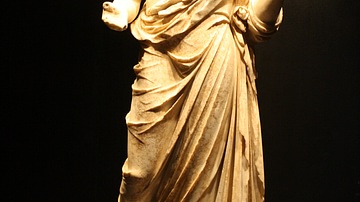
Image
Asclepius, Empuries
The 4th century BCE statue of Asclepius from the god of medicine's sanctuary at Empuries (Emporiae), Spain. The statue was carved using Parian and Pentelic marble.
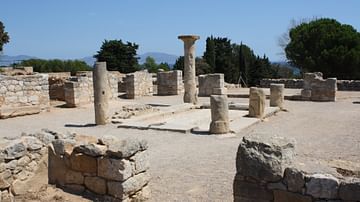
Image
Atrium, Domus No. 1, Empuries
The atrium of Roman House (domus) No. 1 at Empuries (Emporiae), Spain. 1st century BCE - 1st century CE.
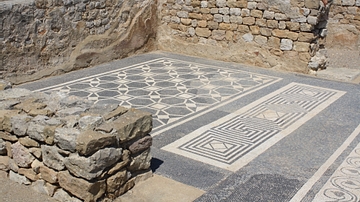
Image
Geometric Mosaic Flooring, Empuries
A mosaic flooring in situ at Empuries (Emporiae), Spain. From a Roman house (domus), 1st century BCE - 1st century CE.
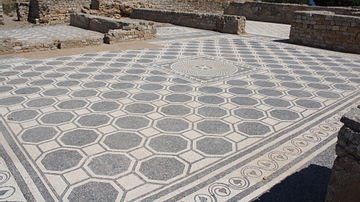
Image
Hexagonal Mosaic Flooring, Empuries
A mosaic flooring in situ at Empuries (Emporiae), Spain. From a Roman house (domus), 1st century BCE - 1st century CE.

Image
Rama, Lakshmana & Surpanakha
A relief scene from the Ramayana where Lakshmana cuts off the ears and nose of the demoness Surpanakha while Rama looks on from the left with his bow. Gupta period from Deogarh, Uttar Pradesh. (National Museum, New Delhi, India).
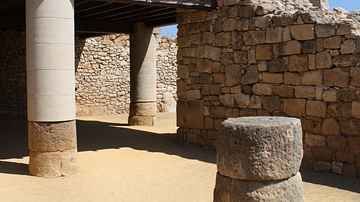
Image
Cryptoportico, Empuries
The cryptoportico at the northern end of the forum of Roman Empuries (Emporiae), Spain. The structure is u-shaped and dates to the 1st century CE.
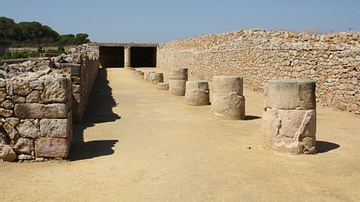
Image
Cryptoportico, Empuries
The cryptoportico at the northern end of the forum of Roman Empuries (Emporiae), Spain. The structure is u-shaped and dates to the 1st century CE.
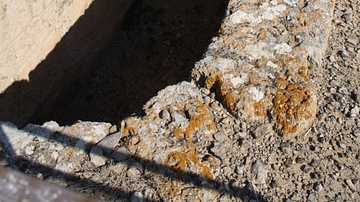
Image
Cistern, Empuries
A Hellenistic cistern at Empuries (Emporiae), Spain. 2nd century BCE.
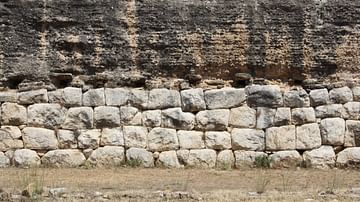
Image
City Wall of Stone & Opus Caementicium, Roman Empuries (Detail)
A section of the Roman city-wall of Empuries, Spain. 1st century BCE. The base of the wall was made using calcareous rock while the upper portion is of Roman concrete (opus caementicium).
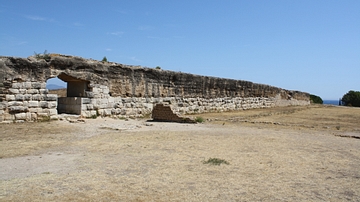
Image
City Wall, Empuries
A section of the Roman city-wall of Empuries (Emporiae), Spain. 1st century BCE. The base of the wall was made using calcareous rock while the upper portion is of Roman concrete (opus caementicium).